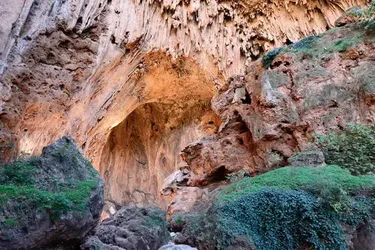Scientists have found evidence of the use of medicinal herbs in Morocco 15 thousand years ago: secrets of ancient medical practices revealed

An archaeological discovery in the Grotte des Pigeons cave in Tafougalta opens a new page in the history of medicine. Artifacts dating back 15,000 years shed light on the medical practices of our ancestors.
The cave, discovered in 1908, is the oldest burial site in North Africa and contains 34 skeletons of late Stone Age Iberomaurus. A recent study published in the journal Nature focuses on a unique find - the remains of the medicinal plant ephedra.
The ephedra remains, found in a special burial area of the cave, are the oldest documented evidence of the use of medicinal plants. Radiocarbon dating confirms that the plant remains belong to the same period as the human remains. Interesting Engineering writes about it.
Researchers believe that ephedra played an important role in funeral rituals and was used for medicinal purposes. In particular, it could be used to relieve cold symptoms and stop bleeding. Particularly interesting is the connection between the plants found and the traces of the oldest known skull surgery found in the same cave.
This discovery not only expands our knowledge of the history of medicine, but also demonstrates the high level of development of ancient civilizations and their ability to effectively use natural resources for treatment.
As a reminder, archaeologists have found a square dating back to the Ancient Roman era in Spain.
If you want to get the latest news about the war and events in Ukraine, subscribe to our Telegram channel!
